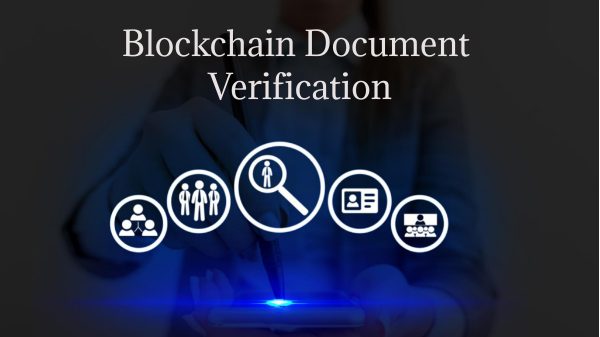
Document and Certificate Verification Through Blockchain Technology
SubscribeIn this digital world, everything is digitalised, including documents and certificates in educational institutions. Document and certificate verification will be a regular practice as long as humans exist. In every field, they are keen to get their credentials confirmed.
This blog will discuss how these documents and certificates are validated virtually using blockchain technology.
- What is a Blockchain?
- Document Verification Through Blockchain Technology
- Document Verification Process
- Advantages of Verifying Documents Using Blockchain Technology
- Certificate Verification Through Blockchain Technology
- Certificate Verification Process
- Blockchain Technologies Used to Verify Documents and Certificates
What is a Blockchain?
Blockchain is a decentralised database that’s frequently used for logging different transactions. Once consensus among the other nodes has been obtained, the transaction is added to a block containing records of numerous transactions. Each block includes the hash value of its last counterpart for connection.
All the blocks together form a blockchain. Data is distributed among various nodes and is thus decentralised. As a result, the nodes jointly maintain the database. A distributed database is a constantly growing list of systemised records known as blocks. These blocks are only considered genuine when multiple parties have verified them. Each block’s data can be validated simultaneously and, once entered, becomes unchangeable. The entire process is transparent, secure, and available to the public.

Document Verification Through Blockchain Technology
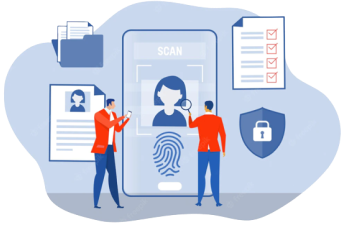
Document Verification is the process of authenticating documents. With the help of blockchain technology, document verification is no longer difficult and immune to false representations. Blockchain Technology is a centralised document storage, retrieval, and access platform.
A blockchain-based system acts as a clearinghouse for document verification by offering both public and private proof of a record’s accuracy. Document verification systems through blockchain technology can be used to issue digital documents that are impossible to counterfeit. This enhances an organisation’s stakeholders’ trust and transparency.
Document Verification Process
The documents to be verified are arranged on a distributed ledger under blockchain technology. It is stored as a cryptographic copy on the blockchain network. Blockchain secures documents, and only an authorised individual has access to the account. Blockchain preserves documents in an unchangeable format.
This is done through cryptography, which requires data encryption using a hash function. Thus, the data becomes unchangeable and impossible to hack. No scalability issue anymore, as transaction time will be as quick as a few seconds. In this way, documents that have been authenticated on the Blockchain are quickly delivered.

The document on the Blockchain can currently be verified in numerous ways. The easiest way is to re-upload the copy to prove its existence. By re-uploading the document, the proof of its existence gets verified as the cryptographic digest, and the marker for the transaction is also demonstrated.
Advantages of Verifying Documents Using Blockchain Technology
Certificate Verification Through Blockchain Technology

We know people have submitted fake documents and certificates to get hired by organisations. This is the reason behind why businesses have background checks set up for the hiring procedure.
A digital certificate system based on blockchain technology is proposed to solve the problem of counterfeiting certificates. Certificate verification is verifying the certificate issued by a university or an institute, ensuring its genuineness.
Certificate Verification Process
The paper certificates must first be transformed into digital ones. Then the authorised user can upload the necessary certificate details to the blockchain network. Analyse the electronic file’s hash value. Throughout the blockchain system, save the hash value. Once the block is created and the valid block is added to the blockchain network, the system will generate a QR code and inquiry string code to affix to the paper certificate.
The distributed ledger’s immutability allows the system to not only verify the certificate but also permanently store it in digital form. And it is impossible to modify or create a forged certificate based on the same data. As a result, we can resolve the issue of counterfeit certificates. Using blockchain technology, we can provide digital certificate verification that is safe and effective.

Blockchain Technologies Used to Verify Documents and Certificates
We can use blockchain platforms like Ethereum, Binance, Avalanche, Tron, Cardano, etc., to authenticate documents and certificates. Stacks like React and Node are used to validate documents and certificates during blockchain technology.
Conclusion
In today’s world, documents and certificates have to be verified, as there are many cases of counterfeiting the same. We have virtual possibilities to avoid these incidents using blockchain technology.
In this blog, we had a detailed description of document and certificate verification using blockchain technology and how it works. This will act as a guide to understanding blockchain documents and certificate verification
- What is Cryptojacking? Detection and Preventions Techniques
- How to Give Cryptocurrency As a Gift?
- Blockchain Development Life Cycle – Step by Step Guide
- How To Hire A Blockchain Developer For Your Company
- How to Choose the Right Bitcoin Development Company – A Complete Guide
- Common Bitcoin Scams – Beware Of Fraudsters
- How can entrepreneurs leverage blockchain in 2023?
- Role of Blockchain in Cyber Security
- Document and Certificate Verification Through Blockchain Technology
- Initial Coin Offering (ICO): Everything you need to know in 2023
- Categories
- Azure Blockchain Service
- Bitcoin
- Bitcoin Development
- Blockchain Application
- Blockchain Application Development
- blockchain developer
- Blockchain Development
- common bitcoin scams
- Crypto software features
- Crypto softwares
- Cryptocurrency
- Cryptocurrency Development
- Cryptocurrency Exchange Software Development
- Cryptocurrency review
- Cryptocurrency Trading
- Cryptocurrency Wallet Development
- ERC20 Token Development
- Hashing Algorithm
- ICO Development
- ICO Development Service
- ico website development
- Proof of Stake Coins
- Smart Contract Development
- Uncategorized


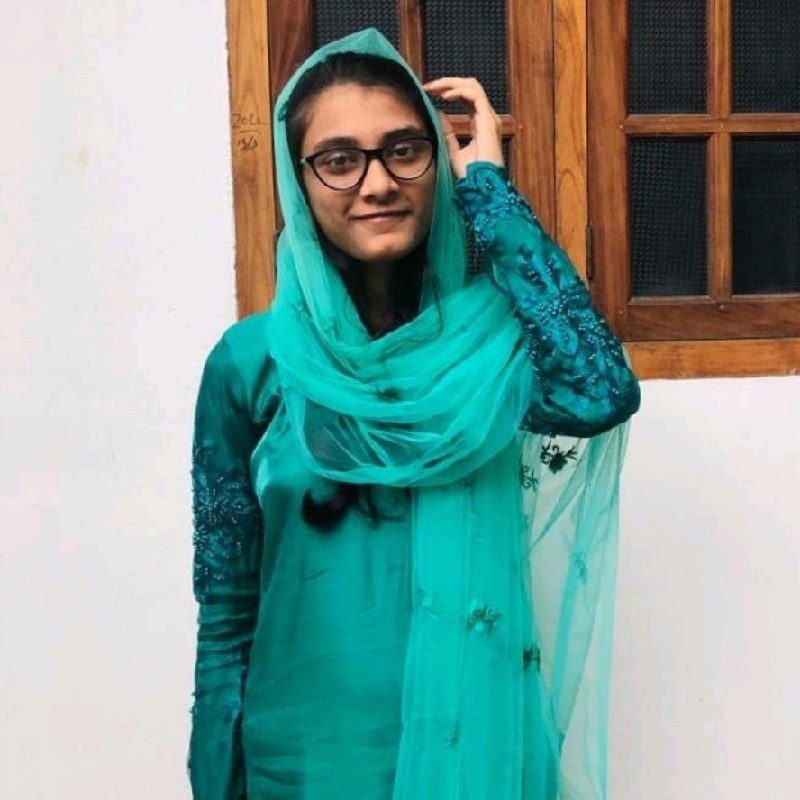
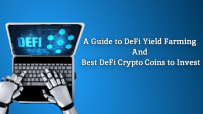

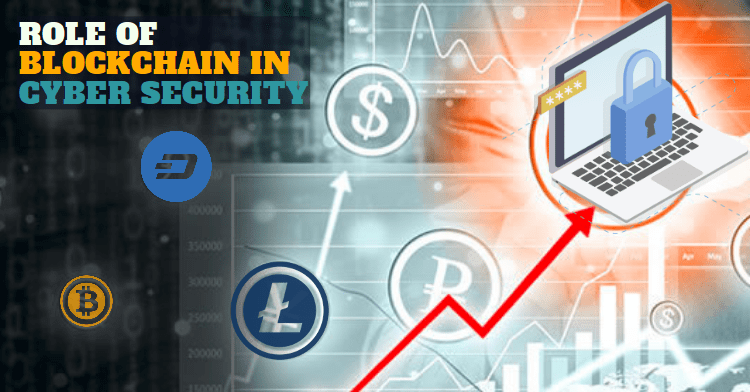
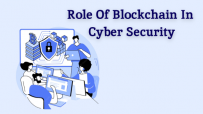
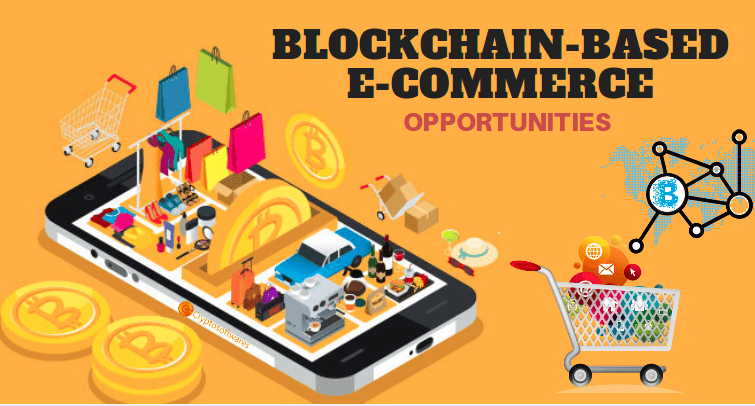
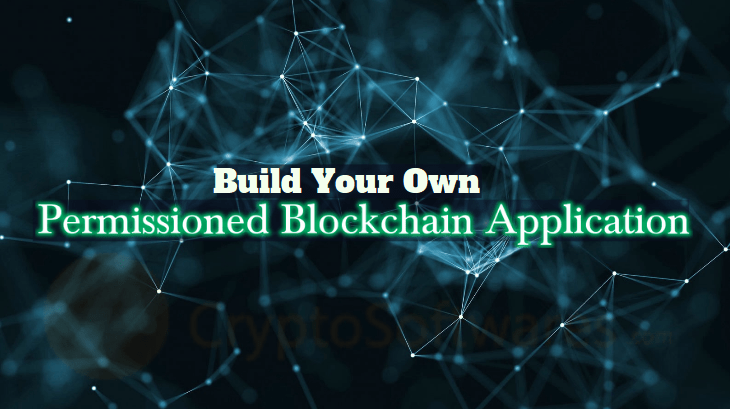
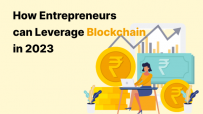
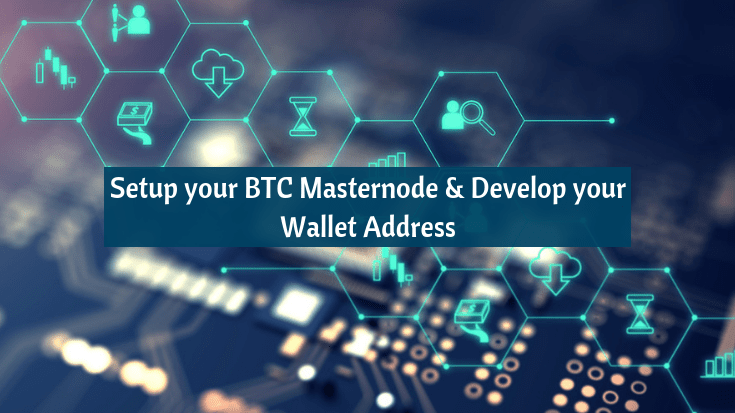

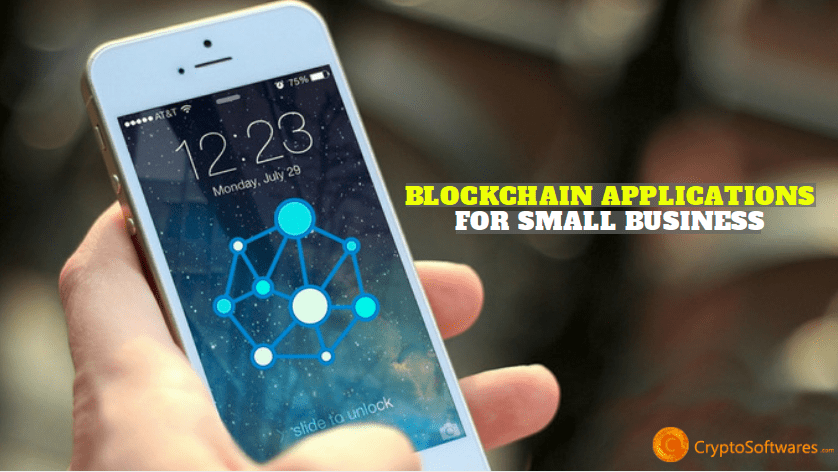

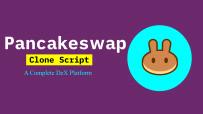
Leave a Reply